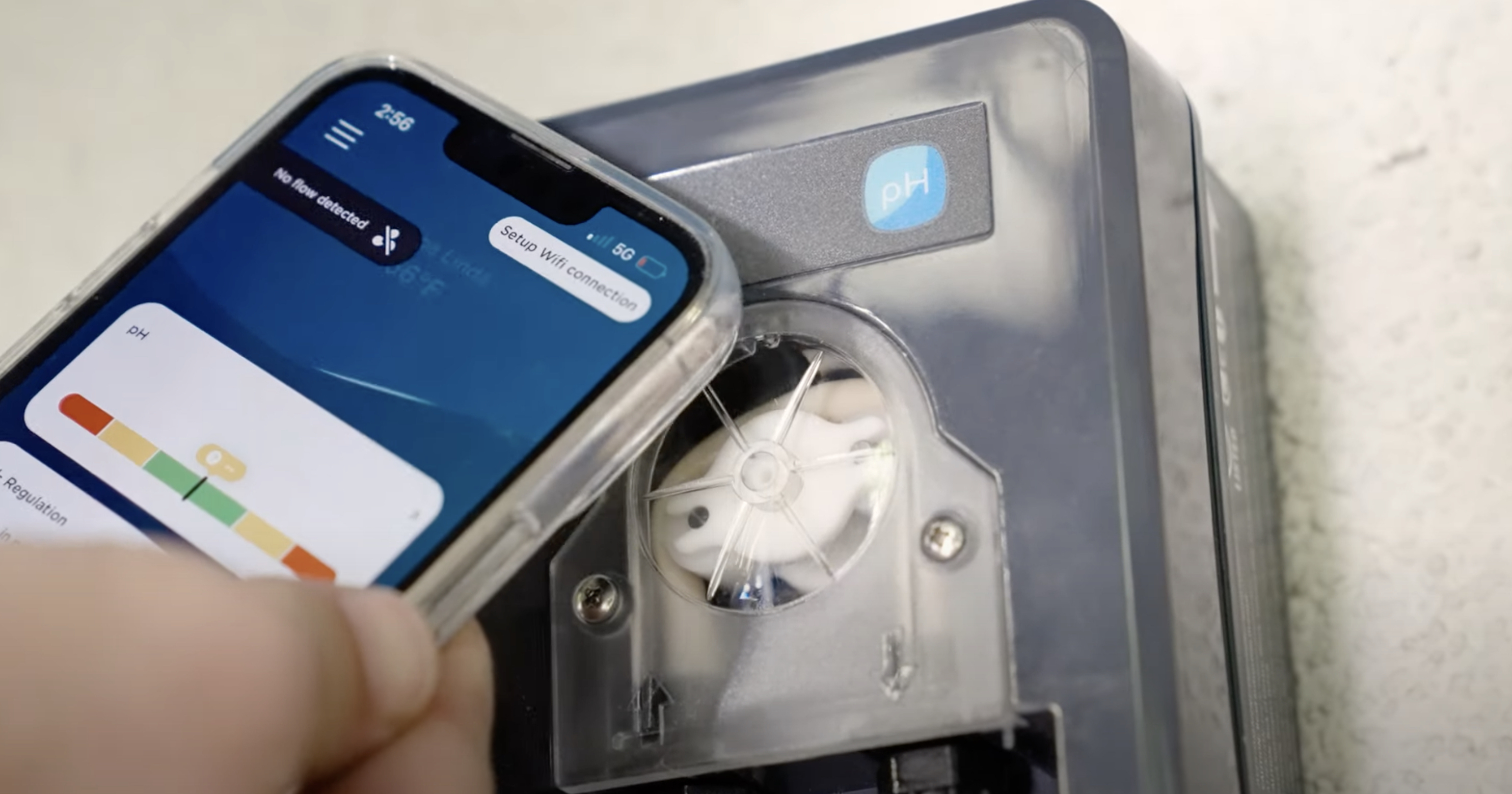In 2015, the U.S. Department of Energy (DOE) revised the test procedure for measuring the efficiency of pool heaters. Now, integrated thermal efficiency (TEi) serves as the overall measure of pool heater efficiency.
Although DOE has not specified minimum efficiency requirements for heat-pump pool heaters yet, this test procedure does affect the efficiency information that manufacturers may provide for their products. It is important that contractors and distributors of pool-heating equipment understand the difference between the former measurement, coefficient of performance (COP), and TEi.
Traditional metric
A heat-pump pool heater does not generate heat by burning a fossil fuel. Instead, it moves heat from one location to another.
Before the new efficiency measurement was implemented, heat-pump pool heater efficiency was provided in terms of the COP. This is a ratio of useful heating provided to the pool water, divided by the energy required to run the unit. Higher COPs equate to lower operating costs.
The equation is:
COP=Q/W
In the equation, Q is the useful heat supplied by the heat pump, and W is the energy required to operate the heat pump.
The COP of air-source heat-pump pool heaters is highly dependent on operating conditions, especially outside ambient air temperature. The higher the air temperature, the higher the COP. A typical heat pump will have a COP of approximately 6.0 when the air temperature is 80° Fahrenheit and there is 80% humidity; it drops to around 4.0 at air temperatures of 50°F.
Water temperature and relative humidity also affect the efficiency of a heat-pump pool heater, but not as much as ambient air temperature. The scale between the measurements at low and high temperature is fairly linear.
New Measure
TEi includes both energy consumption while the unit is running and when it is off or in standby mode. The DOE test procedure requires that this value be expressed in percentages.
The formula for TEi calculations for a heat pump pool heater is as follows:
Integrated Thermal Efficiency (TEi) (in percent).
TEi = 100 (Eout/Ein)
Here, Eout is the total annual useful heat supplied by the heat pump, and Ein is the total annual energy consumed by the heat pump, both while it is operating to heat the water and when it is in standby and off mode. Finally, 100 serves as the conversion factor, to change it from a fraction to a percentage.
The specific calculations for determining TEi are provided in the DOE test procedure for measuring the efficiency of pool heaters. Since this metric is based on annual energy consumption and use, the DOE test procedure assumes that the heat pump operates for 104 hours to heat the pool water.
Although heat-pump pool heaters consume marginal amounts of energy while in standby and off modes, the test procedure assumes that this energy consumption occurs for most of the year. As a result, the energy consumption will result in a TEi value that is slightly lower than the COP.
Unfortunately, this change in the expression of efficiency has created some confusion. TEi values for heat-pump pool heaters will range from 380% to over 600%; gas pool heater TEi values generally range from 82% to 95%. An uninformed consumer may purchase the heat-pump pool heater without understanding that the ambient temperature and planned use for the heater are important considerations for achieving the desired efficiency.
Heat-pump Pool Heaters: A primer
Heat-pump pool heaters extract heat from the ambient air by using a fan to draw ambient air across the evaporator coil. Liquid refrigerant within the evaporator coil absorbs this heat, and the refrigerant turns to a gas. The warm gas then passes through the compressor. The compressor increases the heat, creating a very hot gas that passes through the condenser/heat exchanger. The condenser/heat exchanger transfers this refrigerant heat energy to the pool water pumping through the unit. The heated water is then returned to the pool.
During this heat-transfer process, the hot gas returns to liquid form and is moved back to the evaporator coil, where the whole process begins again. The heaters use electricity primarily to operate the unit.
The bulk of the heat provided to the pool water comes from the heat energy extracted from the air. Because a heat-pump pool heater uses the ambient temperature as its source of heat, its performance is largely weather-dependent. As the temperature drops, so too does the efficiency.
Because efficiency varies with environmental conditions, it is incumbent upon contractors and end users to consider how the heater will be used. Heat-pump heaters are ideally used to maintain a constant water temperature once the pool has been heated initially. It will turn on and off automatically to maintain the desired temperature.
The use of a solar/pool cover is highly recommended to ensure the maximum energy savings and reasonable heat-up times.
With high energy prices and the need to reduce peak electrical demand, it is important that products meet claimed performance ratings. Be sure to verify the energy performance of heat-pump pool heaters with AHRI’s Directory of Certified Product Performance. AHRI’s certification programs demonstrate to the government that performance claims have been independently measured and verified. Upon verification, the AHRI Certified mark is applied to the product. Search the AHRI Directory of Certified Product Performance at www.ahridirectory.org.



